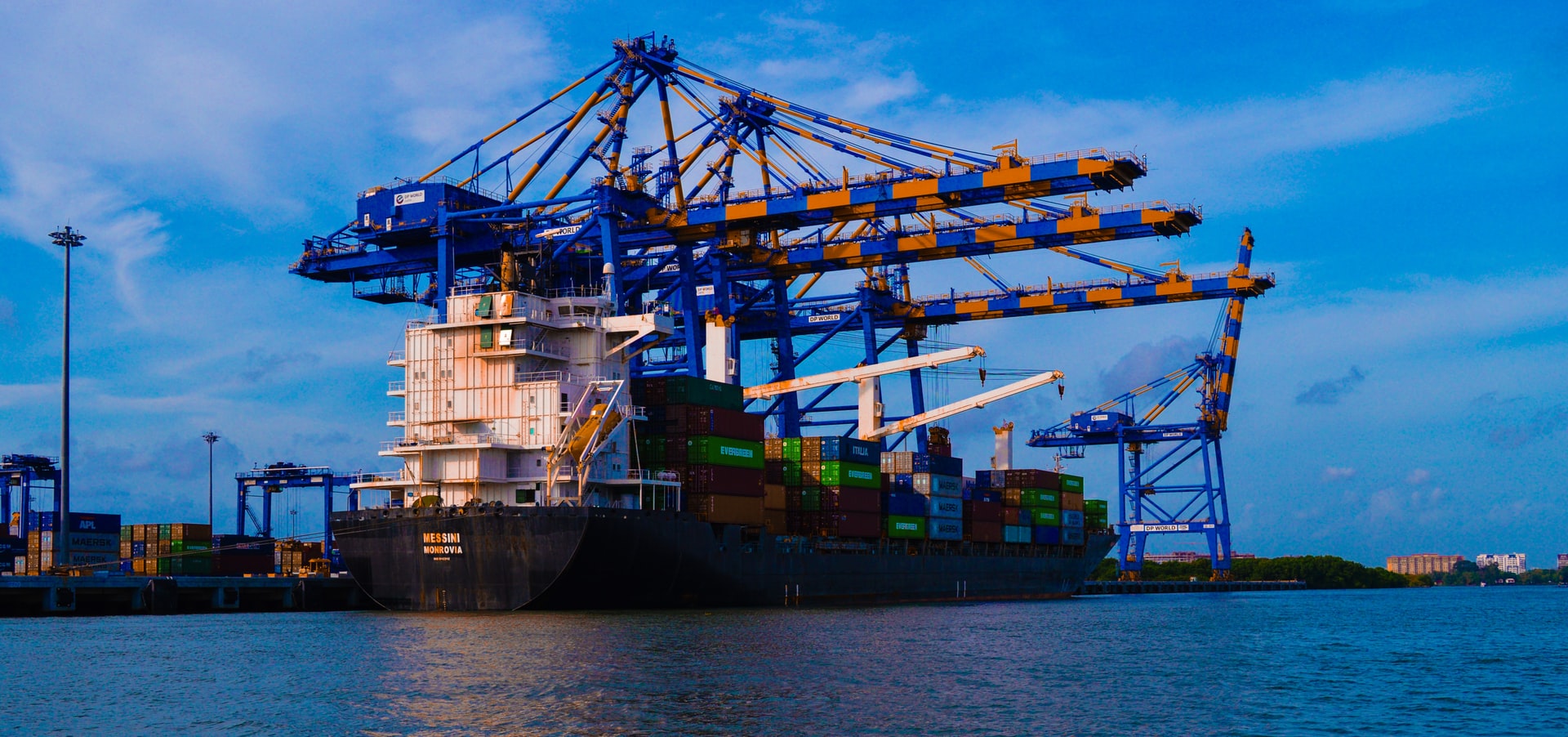America and the Greater Caspian Region: Launching New Partnerships
The world is in the midst of an ongoing pandemic, with multiple waves sweeping economies and threatening to derail the prospect of any recovery.
And America is no different. It too is not immune from the impacts of the pandemic. In addition to socio-economic impacts, the country also faces foreign policy concerns, especially in the Greater Caspian region.
The Greater Caspian region is made up of the five countries that border the Caspian Sea, the world’s largest inland body of water. The water body is bordered by Kazakhstan, Iran, Azerbaijan, Russia, and Turkmenistan.
This region forms a strategic point in the US Middle East policy. And is also a topic in the agenda for our Horasis USA Meeting, scheduled on 4 March 2022. The virtual meeting will bring together more than thousands of exceptional leaders – from business, governments, academia, and the media. The purpose is to deliberate on pressing issues and devise actionable solutions to ensure shared prosperity.
Why the Region is Important?
The Greater Caspian region has been a contesting stage between the US and Russia due to its unexploited large reserves of oil and gas.
Russia holds a strong monopoly on the region’s reserves of oil and gas. All the natural gas that gets exported from the region to the US is via gas pipelines operated and controlled by Russia.
And the large reserves of oil being extracted from the region is transported to Russia via the Caspian Pipeline Consortium from Kazakhstan, while American oil and gas multinationals such as Chevron and ExxonMobil get only a modest amount of oil from Azerbaijan.
In addition to this, the region is dogged by problems of arms proliferation, Islamic militancy and drug trafficking, which is a matter of concern for the West.
The Greater Caspian region also serves as a strong base to provide humanitarian support to Afghanistan. About 55% of Afghanistan’s population, face food insecurity, which also includes 14 million children. The US has come ahead to provide humanitarian assistance to the war-torn nation along with the European Union, promising US$1.15 billion in humanitarian aid to Afghanistan.
Tajikistan has opened its ground and air corridor allowing humanitarian aids to flow to remote parts of Afghanistan. Particularly, the air corridor will link Dushanbe to Kabul, allowing faster transport of food, cash, and medicine to Afghanistan.
US Developments in the Region
US has been an active supporter and contributor in the growth and development of the region. America’s objective is to allow for a more stable and prosperous Central Asia that is free to pursue its political, economic, and security interests on its own terms. This also helps US in countering terrorist activities, promote regional stability, and support energy security.
The US has provide US$9 billion in direct assistance in the region to support peace and security, while also leading multilateral banks in contributing over US$50 billion in credit, loans, and technical assistance. Additionally, US businesses have also invested over US$31 billion in commercial ventures in the region.
In its new Central Asia Strategy 2019-2025, the US plans to further promote “private-sector engagement and transparent government policies and regulations that foster adherence to international standards, including environmental safeguards.”
Challenges Ahead
The US will need to overcome several challenges in order to realize its economic and security objectives in the region. But it is easier said than done as the region is both geographically and economically closer to Russia and China.
Russia is determined to be a leading player, while China is gaining strong grounds in the region with its promise of economic upliftment.
US businesses have less interest, resulting in less presence in the region. This has led to countries in the Greater Caspian region attracting investment by joining China’s Belt and Road Initiative and the Eurasian Economic Union. This influx of capital and commerce has emboldened the economic autonomy of China and Russia in the region.
The ongoing pandemic has also been a strong dampener, disallowing US diplomats to travel and engage with local leaders in the region. In addition to this, the US has also lacked in strong and reliable foreign partners in the region. Russia and Iran are hostile to US policies, while Turkey and Pakistan have rarely pursued any regional objectives along with the US.
What Lies Ahead?
If the recently concluded C5+1 meeting is any indication, then we could see the US trying to build more closely working relationships in the region, strengthening connectivity between the Central and South Asian regions via trade, transport, and energy links.
However, it is too soon to jump to any conclusion and only time will tell how the US develops its policies and what that would mean for its future in the region.
Photo Caption: Ramsar in Mazandaran Province, Iran, lies on the coast of the Caspian Sea.




